It can be difficult to qualify for certain tests

Cancer is among the leading causes of death in the world, according to the National Cancer Institute.
Advertisement
Cleveland Clinic is a non-profit academic medical center. Advertising on our site helps support our mission. We do not endorse non-Cleveland Clinic products or services. Policy
While there are several types of cancer screenings available, some are specific to a person’s anatomy like cervical, ovarian or prostate screening. Transgender people, whose anatomy may not match their gender identity and expression, may find that existing health screening protocols leave them out.
More than 1.4 million Americans identify as transgender. Overall, the transgender community is less likely to seek out information on cancer screenings or get them at all due to many factors.
“We know that LGBTQAI+ people and many transgender people may be underinsured or uninsured, making it difficult or harder to access screenings that may be unaffordable for them,” says transgender health specialist Henry Ng, MD (he/they).
Dr. Ng talks about the importance of cancer screenings and how transgender individuals can overcome barriers to getting the appropriate healthcare.
In 2021, an estimated 1,806,590 new cases of cancer will be diagnosed in the United States and 606,520 people will die from the disease, according to the American Cancer Society.
Having access to cancer screenings, especially in the transgender community, is vital, says Dr. Ng. Studies have shown that health, personal and economic disparities in transgender communities can result in a higher risk of certain cancers like lung and cervical cancer.
Advertisement
“If we don’t have transgender folks at the table, and we don’t move the table to where people are, people will develop cancer, potentially at higher rates and others will be detected when it’s entirely too late,” Dr. Ng says.
There are numerous obstacles transgender people face when it comes to receiving healthcare, let alone cancer screenings. Here are a few:
If you are searching for a new doctor or seeking healthcare, there are a few things you can do to ensure you have a positive experience.
Several factors like obesity and alcohol and tobacco use can magnify the health disparities and impact of cancer in the transgender community. The general rule to follow: If you have a body part and there’s a cancer screening available, you should receive that screening. Here are a few screenings:
Advertisement
The American Cancer Society recommends people assigned female at birth (AFAB) who are ages 45 to 54 get a mammogram each year. This is an important screening if you’re transgender, as the use of progestin and estrogen can increase the risk of breast cancer.
Some transgender people may be uncomfortable with mammograms. Dr. Ng suggests asking about alternative options like a breast MRI or ultrasound.
Screening for cervical cancer, called a Pap smear or Pap test, should begin at age 21 in people who were AFAB. Performed as part of a pelvic exam, doctors can also test for human papillomavirus (HPV), a common sexually transmitted infection (STI) that increases your risk of cervical cancer. Anyone AFAB should get screened every three to five years per 2021 ACOG guidelines.
Taking testosterone can lead to changes in the cervix which can appear to be abnormal. Make sure you notify your healthcare provider of hormone use before a Pap smear.
For transgender men who are at high risk for cervical cancer or find the procedure upsetting, a hysterectomy that includes the removal of the cervix may be an option.
It can be difficult to detect ovarian cancer until it has spread. Your doctor will examine your ovaries and uterus during a pelvic exam. If you have symptoms like bloating in your abdomen or your doctor recommends further testing, you may undergo an ultrasound, computer tomography (CT) scan or magnetic resonance imaging (MRI).
Advertisement
For transgender men who are uncomfortable with pelvic exams, the removal of the ovaries, uterus and cervix may be recommended.
Anyone assigned male at birth (AMAB) should start getting a prostate cancer screening around age 55. A digital rectal exam is the main way to screen for prostate cancer, but your doctor may order a prostate-specific antigen (PSA) blood test. You should be screened every year or two based on your PSA levels.
Transgender women who have undergone genital surgery will typically still have a prostate. While there has been some research about estrogen and prostate cancer, the risk is low.
If you’re unsure about whether you need a screening or not, check with a trusted healthcare provider. If you do receive a cancer diagnosis, community programs and support groups can provide a lot of information and comfort.
“See if community programs are inclusive and how they intersect between LGBTAQI+ care and cancer care,” says Dr. Ng. “Having a network around you can help support you during a particularly challenging and vulnerable time in your life.”
Advertisement
Learn more about our editorial process.
Advertisement
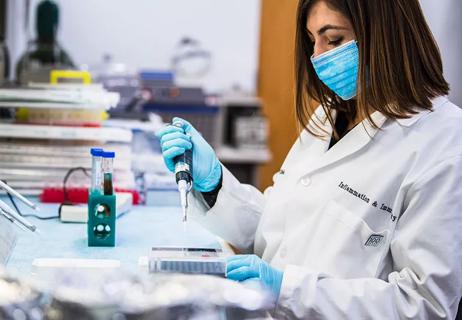
Cleveland Clinic has started the second phase of a first-of-its-kind vaccine study
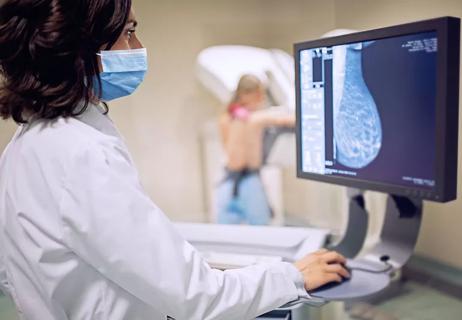
The short answer from a diagnostic radiologist

Being nonbinary means not identifying solely (or at all) with being male or female
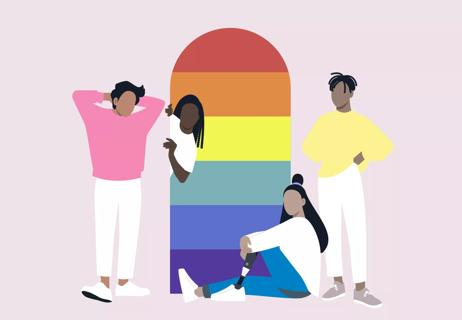
Start with one person you trust, and then you can open the door to the rest of the world

988 updates and replaces the old suicide hotline
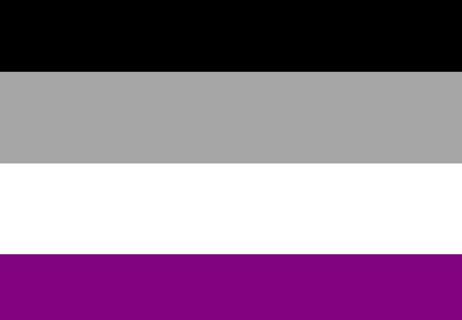
Our understanding of what it means to be asexual has blossomed
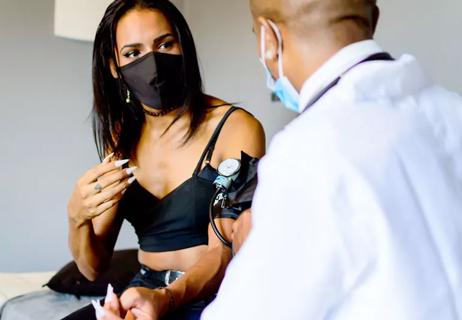
Find a healthcare provider who’s welcoming and affirming
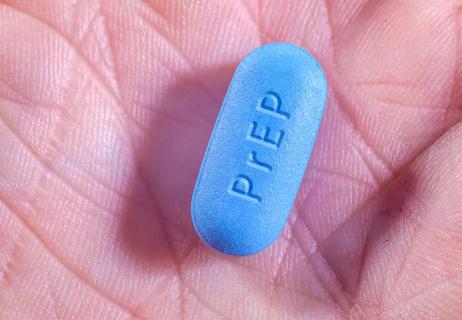
Contributing factors include racial disparities, high barriers to care and more

Type 2 diabetes isn’t inevitable with these dietary changes

Applying a hot or cold compress can help with pain